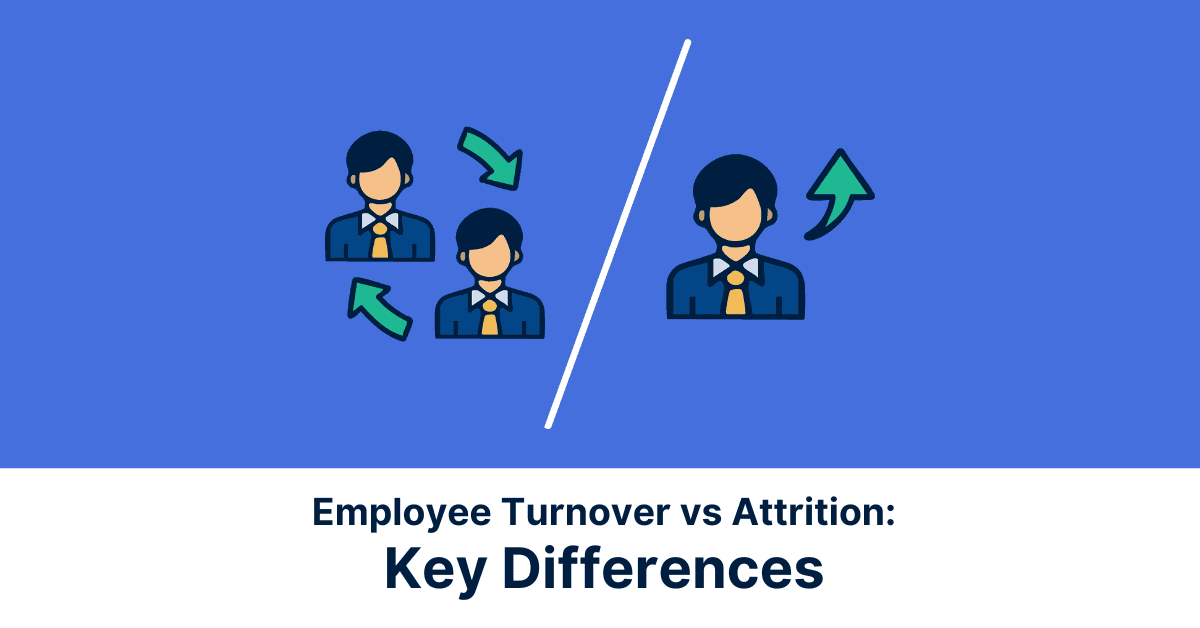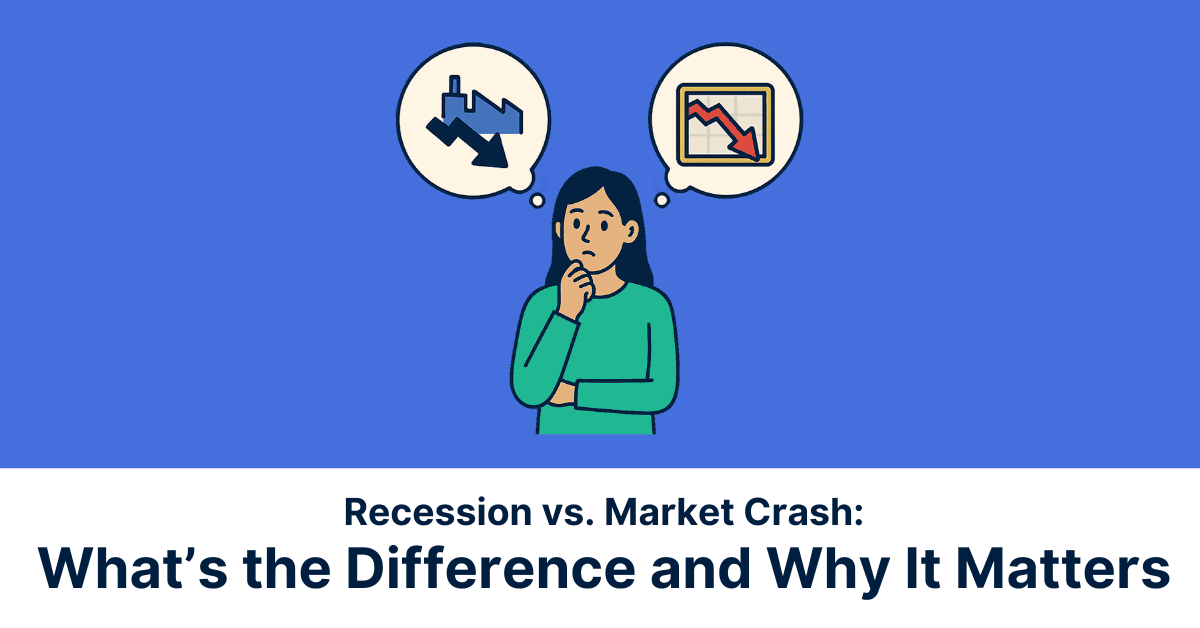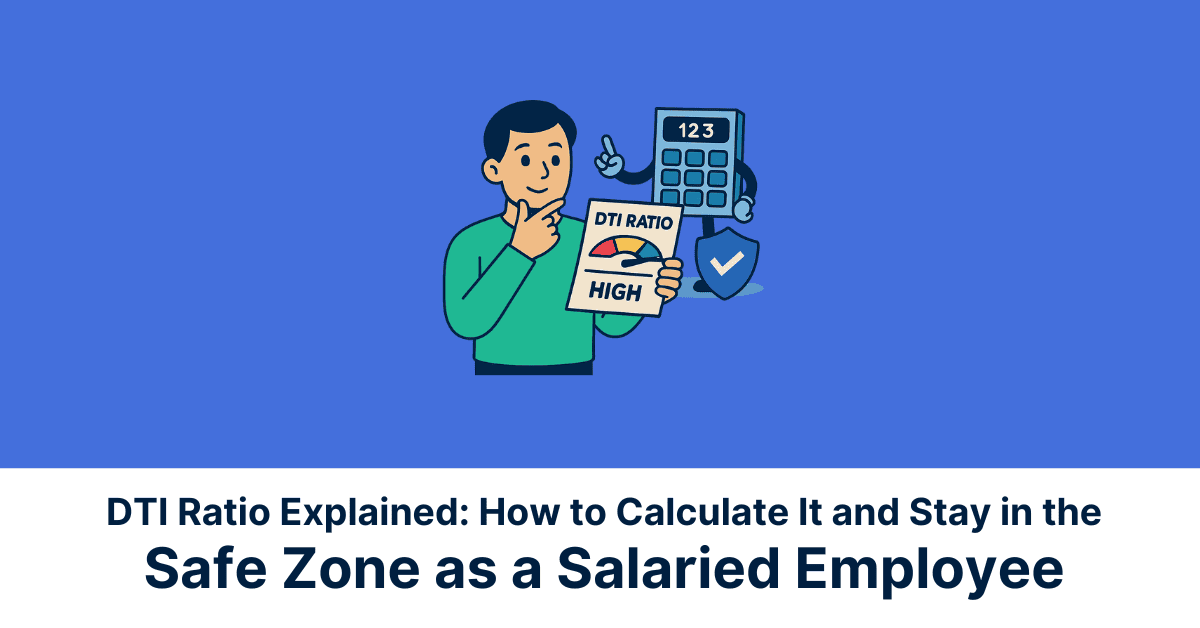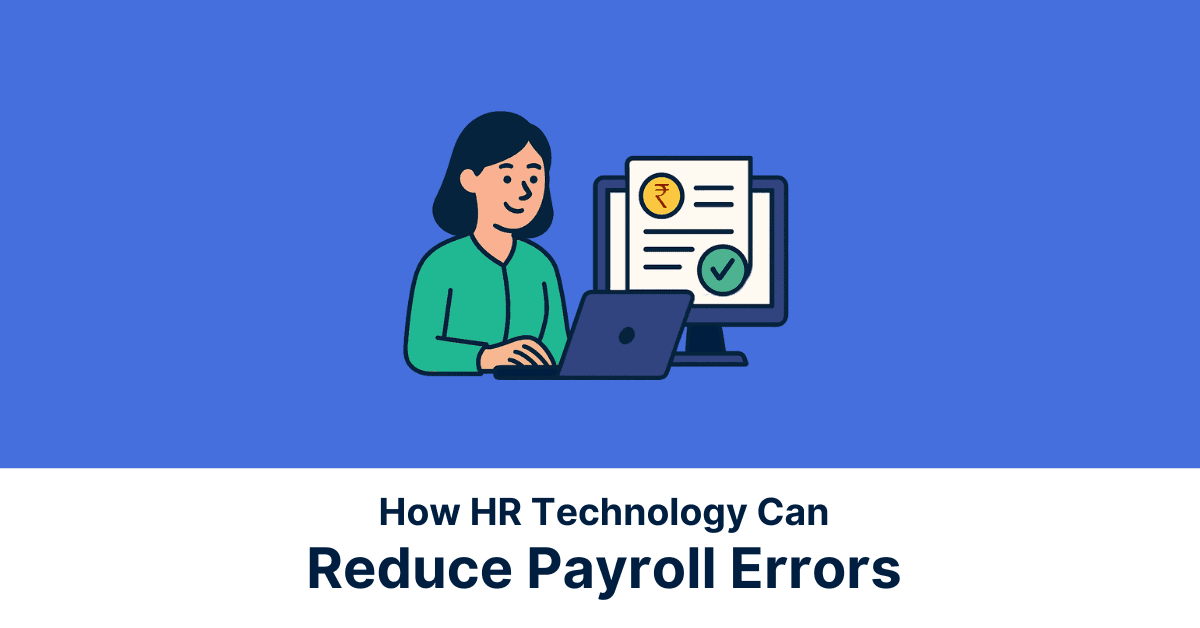On-demand Salary services allow employees to access a portion of their earned wages or accrued salary before their regular payday. This provides them with more control over their finances and can be a valuable benefit in modern HR practices.
Here’s a quick look at it’s relevance in modern HR practices:
- Concept of On-demand Salary: Employees get a portion of their salary as they earn it, instead of waiting for the traditional bi-weekly or monthly cycle.
- Relevance:
-> Employee benefits: Helps employees manage unexpected expenses, helps them avoid high-interest salary/payday loans, and improves financial well-being.
-> Employer benefits: Boosts employee morale, reduces financial stress leading to potentially better productivity, and attracts a wider talent pool.
Importance of Calculating ROI for On-demand Salary service
On-demand Salary or Earned Wage Access (EWA) services are gaining traction, but are they a smart investment for your company? While employee financial well-being is important, there’s a business bottom line to consider. This is where ROI (Return on Investment) becomes crucial.
Here’s why measuring ROI matters:
- Justify the Cost: Numbers speak louder than words. A strong ROI shows on-demand salary isn’t just a perk, but a strategic investment that generates positive returns, like reduced turnover and improved productivity.
- Optimise the Program: ROI analysis shows areas for improvement. Is employee participation low? Does a specific department benefit more? This data helps you refine the program for maximum impact.
- Track Progress: Once you establish an ROI baseline, you can track progress over time. This allows you to measure the ongoing impact and make adjustments as needed.
Components of ROI Calculation
Calculating the Return on Investment (ROI) for on-demand salary services involves a detailed analysis of both the costs incurred and the benefits gained. Here’s a structured approach to break down the essential components:
Costs:
- Processing Fees: This includes any monthly or per-transaction fees charged by the on-demand salary service provider you choose.
- Administrative Overhead: Consider the time and resources your HR department spends managing the program, including employee onboarding and addressing inquiries.
- Marketing & Promotion: There can be costs associated with promoting the program to employees and educating them on its benefits.
Benefits:
- Reduced Turnover: Studies suggest financially stressed employees are more likely to leave. on-demand salary can alleviate this stress, potentially leading to lower turnover rates. To calculate savings, consider the average cost of recruiting and onboarding a new employee and multiply it by the number of employees retained due to on-demand salary .
- Increased Productivity: Financially strapped employees often experience decreased focus. on-demand salary can help them concentrate on work, boosting overall output. Assess this benefit by measuring productivity changes (e.g., sales figures, tasks completed) before and after implementing on-demand salary.
- Improved Morale: Having an on-demand salary service shows your company’s commitment to employee well-being. This can foster a more positive work environment and boost morale. While morale itself is difficult to quantify, consider metrics like employee satisfaction surveys or absenteeism rates, which might indirectly improve due to a happier workforce.
Once you have a clear picture of both costs and benefits, you can calculate ROI using the following formula:
ROI = (Benefits – Costs) / Costs x 100%
A positive ROI indicates that the program generates a return on your investment. The higher the ROI, the more beneficial the on-demand salary service is for your business.
Metrics for Measuring Success of On-demand Salary Service
Here’s a breakdown of key metrics to measure the success of an on-demand salary service.
Employee Retention Rates
This metric tracks how long employees stay with your company, providing insights into your workforce’s stability and loyalty. On-demand salary helps employees manage their finances more effectively, reducing the stress caused by unexpected financial strain. By offering immediate access to earned wages, employees are less likely to face financial emergencies that could prompt them to seek employment elsewhere.
Reduced turnover directly translates to lower costs associated with recruiting, hiring, and onboarding new employees. Additionally, retaining experienced staff maintains institutional knowledge and continuity, further benefiting the company.
Employee Productivity
Measure how much work employees get done and assess their overall efficiency and output. On-demand salary addresses financial worries that might otherwise hinder focus and job performance. By alleviating financial stress, employees can concentrate more effectively on their tasks, leading to increased productivity.
A more engaged workforce, freed from the distraction of financial concerns, is likely to perform better and contribute to higher overall output. Tracking productivity metrics before and after implementing on-demand salary can provide concrete evidence of these benefits, showcasing the direct impact on your company’s bottom line.
Financial Stress Reduction
While directly measuring financial stress can be challenging, several indicators can provide valuable insights. Metrics such as the frequency of on-demand salary usage and employee surveys can reveal how the program affects financial well-being.
If employees use on-demand salary services less frequently over time or report lower reliance on external loans and emergency funds, it suggests that the program is effectively helping them manage their finances and reduce stress. Understanding these patterns can help you gauge the program’s success and make necessary adjustments to better support your workforce.
Brand Reputation
Positive employee experiences with on-demand salary can significantly enhance your employer brand. When employees are satisfied with the financial support offered by your company, they are more likely to share their positive experiences with peers and potential hires.
This word-of-mouth promotion can attract top talent, who view your company as a supportive and forward-thinking employer. Additionally, a strong reputation for taking care of employees’ financial well-being can improve overall company morale and loyalty, fostering a more positive and productive work environment. This enhanced reputation can also positively influence customer perceptions and business partnerships.
On-Demand Salary Service Relevance as per Industry
The relevance of On-demand salary service depends on the specific needs of the industry and its workforce. Let’s look at its need as per industries.
High Relevance:
- Low-wage industries: In industries with lower salaries (retail, food delivery service, hospitality), employees are more likely to live paycheck-to-paycheck. EWA or on-demand salary helps them cover unexpected bills and avoid costly payday loans. This can lead to better financial well-being, reduced stress, and potentially, higher retention.
- Shift-based industries: Unpredictable schedules can make budgeting difficult. On-demand salary allows employees access to salary between paychecks, even if they haven’t worked a full pay period yet. This can be helpful in industries like healthcare or manufacturing with rotating shifts.
Low Relevance:
- High-paying industries: In industries with very high salaries (finance, tech), employees are more likely to have financial buffers and may not need immediate access to earned wages. However, on-demand salary could still be seen as a perk and contribute to employee satisfaction.
Conclusion
On-demand salary services hold great potential to reshape the employer-employee relationship. By prioritising financial wellness, companies can unlock a range of benefits, from improved employee satisfaction and retention to potentially increased productivity and a stronger brand reputation.
While calculating ROI can be challenging, focusing on key metrics and program impact will help assess the program’s value. Ultimately, on-demand salary services offer a win-win scenario. Businesses gain a more engaged and financially secure workforce, while employees experience greater financial control and peace of mind.
FAQs
1. How does on-demand salary impact employee satisfaction and retention?
On demand salary can help improve employee satisfaction in a number of ways, let’s take a look at them.
Increased Employee Satisfaction:
- Provides control over earnings, helping employees cover unexpected expenses and manage finances flexibly.
- Reduces financial stress, improving focus, productivity, and overall peace of mind.
- Builds trust, strengthening the employer-employee relationship by valuing employees’ time and well-being.
Recruit and Retain the Best Employees:
- Helps attract and retain top talent in a competitive job market, giving your company an edge.
- Rewards hard work and commitment, increasing workplace satisfaction, productivity, loyalty, and reducing turnover.
Improved Bottom Line
Offering on demand salary can also have a positive impact on your company’s bottom line.
Reduced Payroll Costs
On demand salary processors like Jify can actually save you on payroll costs. Getting started is incredibly easy, and can be less costly than traditional payroll cycles.
2. What are the common challenges when measuring ROI for on-demand salary services?
Here are some common challenges of measuring ROI on on-demand salary, companies can better prepare to implement effective measurement strategies
Measuring Intangible Benefits:
- Employee Morale and Satisfaction: While improvements in morale and job satisfaction can significantly impact productivity and retention, these factors are inherently qualitative and challenging to quantify accurately.
- Brand Reputation: Enhanced reputation among current and potential employees is valuable, but translating this into monetary terms is difficult.
Data Collection and Analysis:
- Employee Feedback: Collecting accurate and honest feedback through surveys can be challenging, as employees may not always express their true opinions or recognize the direct benefits of on-demand salary.
- Usage Metrics: Tracking and interpreting the frequency and manner in which employees use on-demand salary services requires sophisticated data collection and analysis capabilities.
*Disclaimer:
The information contained herein is not intended to be a source of advice concerning the material presented, and the information contained in this article does not constitute investment advice. The ideas presented in the article should not be used without first assessing your financial situation or without consulting a financial professional.




















